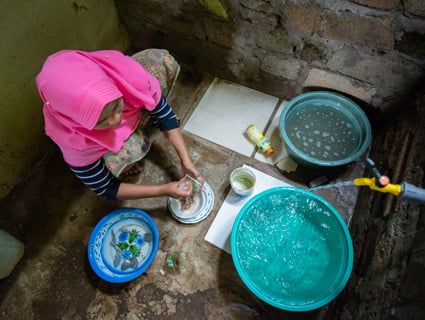3 ways agriculture helps to protect our planet
Read Time: 4 minutes
April 22, 2024
Our planet provides us with everything we need for our daily lives. This includes the food we eat, the water we drink, and the clothes we wear.
Our planet also needs our help to protect the environment. Sustainably feeding more people, stewarding natural resources and combating climate change are three examples.
That’s the driving force behind our sustainability efforts. We are partnering to create sustainable food supply chains and make our global food system more resilient.
Agriculture, which can help us reduce carbon emissions and protect water resources, can help us achieve it. Here are three examples of how we're using agriculture to help protect, regenerate and restore the environment.
1. A partnership that aims to protect people and forests
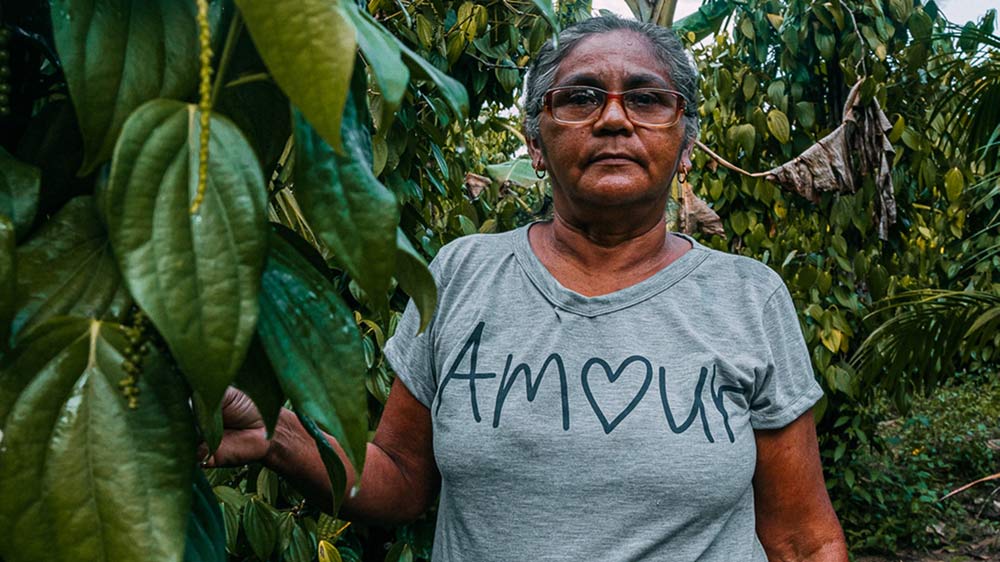 Sustainable agriculture practices like land restoration and improved water systems are at the heart of our partnership with the Earthworm Foundation. (Photo courtesy of Earthworm Foundation)
Sustainable agriculture practices like land restoration and improved water systems are at the heart of our partnership with the Earthworm Foundation. (Photo courtesy of Earthworm Foundation)
The challenge: Around the world, some agricultural practices lead to soil degradation and biodiversity loss. These are complex problems that involve multiple actors all along the value chain.
Our approach: We are partnering with the Earthworm Foundation to improve palm and cocoa supply chains in Brazil, Guatemala, Malaysia and Mexico. Through a new $5 million grant, we’ll help farmers, indigenous communities and other partners adopt sustainable and regenerative farming practices. The project aims to improve the well-being of local communities and preserve forests and other ecosystems. It’s the latest step in our 10-year partnership to create resilient and inclusive supply chains.
The impact: By 2027, this new three-year project should reach more than 22,000 people. This will also decrease carbon emissions, improve water systems and restore 271,500 hectares of land through sustainable agriculture practices.
“Cargill is a leading actor in supply chains worldwide and our partnership with them has always been a way to drive positive impact in sourcing landscapes,” states Bastien Sachet, CEO of Earthworm Foundation. “With this deepened commitment, we can amplify our efforts and accelerate meaningful change for farmers and indigenous communities — especially crucial in a rapidly changing climate landscape.”
2. Supporting farmer adoption of regenerative agriculture practices
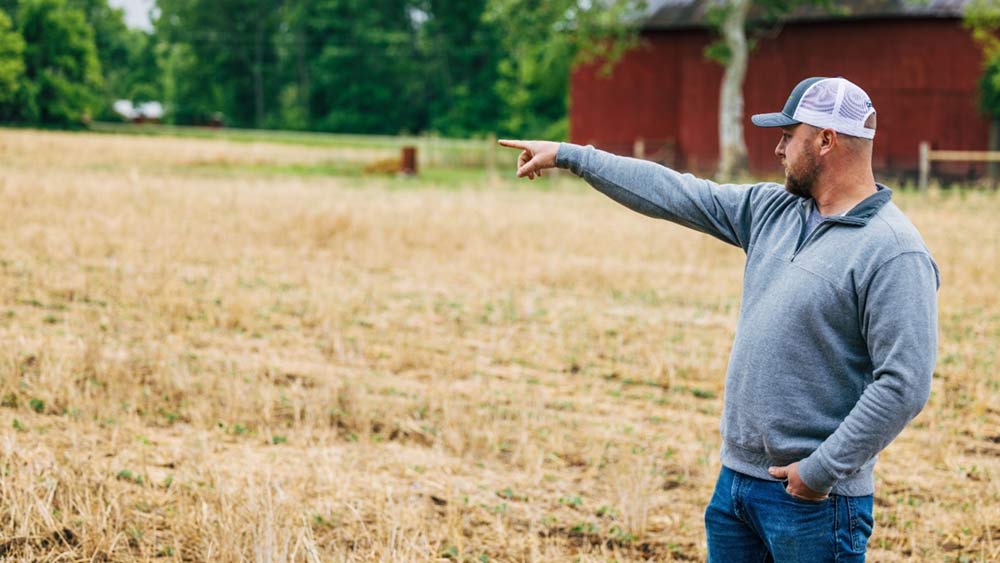 Our new partnership with Nestlé Purina is one example of how we can partner to help scale farmer adoption of sustainable agriculture practices.
Our new partnership with Nestlé Purina is one example of how we can partner to help scale farmer adoption of sustainable agriculture practices.
The challenge: As our climate continues to change, it’s clear our food system needs to change along with it. Climate change is causing more frequent and severe weather events, shifting growing seasons and hurting soil health. We believe transformation must start where the food system begins — on the farm.
Our approach: We are working with Nestlé Purina to help farmers adopt regenerative agriculture practices on more than 200,000 acres of land. Practices like cover crops and reduced tillage can sequester greenhouse gas (GHG) emissions, improve water quality and use, and help farmers increase their productivity and resiliency.
The impact: We expect to shrink the carbon footprint of Purina’s grain supply from Cargill by 40% over the next three years. By the end of 2023, Nestlé sourced 15.2% of its global raw materials from farmers using regenerative agriculture practices. The company's ambition is to reach 20% by 2025.
“We care about making quality pet food with responsibly sourced ingredients. That's why Purina is supporting farmers’ transition to regenerative agricultural practices, with soil health restoration at the forefront,” says John Foster, Nestlé’s global category leader for cereals and grains. “Partnerships like this help create shared value for farmers, pet owners and the planet."
3. Agroforestry plants trees and a brighter future in Côte d’Ivoire
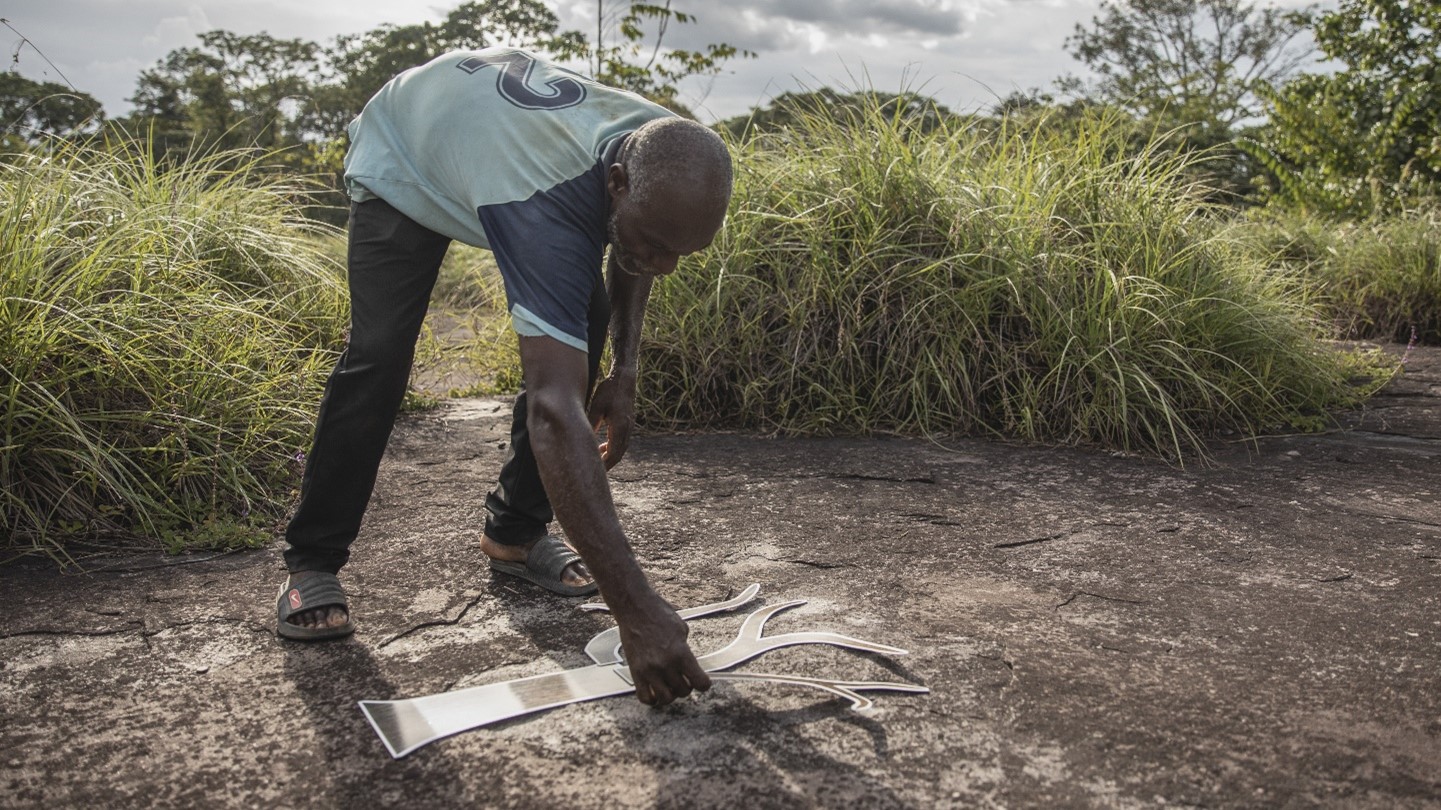 Cocoa farmers like Ouatara Shaka in Côte d’Ivoire are using agroforestry practices to enhance biodiversity and improve water quality. It is one way we can help make food production and farming systems in cocoa communities more sustainable. (Photo courtesy of Unforeseen Studio)
Cocoa farmers like Ouatara Shaka in Côte d’Ivoire are using agroforestry practices to enhance biodiversity and improve water quality. It is one way we can help make food production and farming systems in cocoa communities more sustainable. (Photo courtesy of Unforeseen Studio)
The challenge: Protecting forests while increasing food production is challenging across Africa. Forests there are being cut down at nearly double the world’s deforestation average, according to the Food and Agriculture Organization of the United Nations, with almost 4 million hectares falling each year. The environmental impact from decreasing biodiversity, water quality and increased land degradation is massive.
Our approach: Agroforestry practices that integrate trees and shrubs with pasture or cropland can help sequester carbon, enhance biodiversity and improve water quality. We are working with PUR in Côte d’Ivoire and Ghana to help farmers grow cocoa in a way that protects and restores forests. To do it, we’re funding the cost of seedlings and providing growers with on-the-ground expertise.
The impact: We have helped plant more than 1.4 million trees across Côte d’Ivoirian and Ghanaian cocoa farms in the last year. This has involved more than 16,000 farmers.
“I am replanting trees for my children, to keep living from cocoa and provide a livelihood for my family,” says Ouatara Shaka, a cocoa farmer in Côte d’Ivoire. “Trees are our common heritage, that’s why we must take care of them.”
More stories

Bioenergy 101: How waste becomes the energy of the future
What is bioenergy? Learn how we’re turning waste into advanced bioenergy and using it to help decarbonize agriculture.
5 reasons why clean water is important
Did you know that more than 2 billion people lack access to safely managed drinking water? Here’s why that matters for everyone.
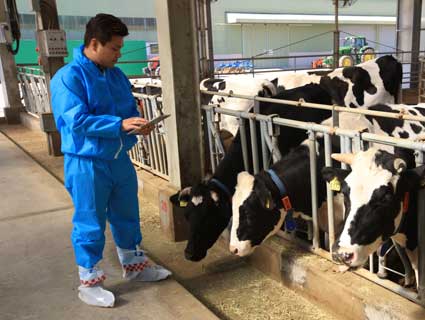
What is methane? Why it matters and what we’re doing to reduce it.
We explain what methane is, why it contributes to climate change and how Cargill is working to reduce it in agriculture.

